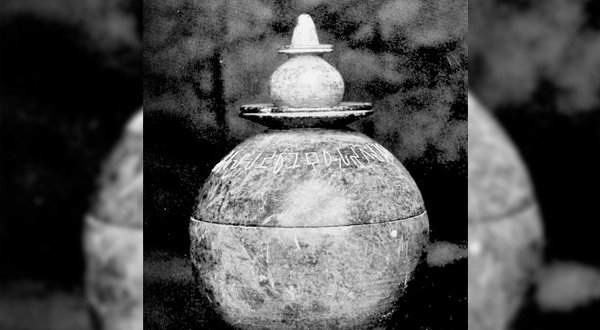Among the many ancient artifacts housed in the Indian Museum in Kolkata, there are a few special vessels from the Buddhist era. Engraved with Brahmi script, these vessels may appear, at first glance, similar to other relics discovered from Buddhist monasteries. But behind them lies a significant — in fact, one of the most important — chapters in world history. At one time, these very vessels held the bodily relics of Gautama Buddha himself!
Gautama Buddha, who spread the message of peace across the world, left behind a mystery after his death: where did his bodily remains go? For many years, this question puzzled historians and archaeologists. Then came a remarkable discovery.
The year was 1898. A British estate manager named W.C. Peppe arrived in the village of Piprahwa, located near the India-Nepal border. During an excavation there, he unearthed five small vessels buried underground. Inside these vessels were gold, precious stones — and human bone fragments.
This raised suspicions. But upon closer examination, historians were astonished. Deciphering the Brahmi inscriptions on the vessels, they discovered that the relics inside were none other than those of Gautama Buddha! Moreover, further excavations in the region led to the discovery of more vessels containing Buddha’s relics.
If one examines the historical accounts, it is believed that after Buddha’s death, his bodily remains were divided among eight royal families — one of which was his paternal clan, the Shakyas. Historians believe that the remains found at Piprahwa belonged to the Shakyas’ share. However, a new revelation emerged later.
When it comes to names closely associated with Buddhism, Emperor Ashoka is among the most prominent. According to historical research, Ashoka collected the relics of Buddha from the original burial sites and preserved them in Buddhist stupas he commissioned across his empire. It is believed that the relics found in Piprahwa were placed there by Ashoka himself.
Today, those relics are preserved at the National Museum in Delhi. But if you want to see the sacred vessels that once held Buddha’s remains, a visit to the Indian Museum in Kolkata is a must.
Content and images are sourced from Prohor.

